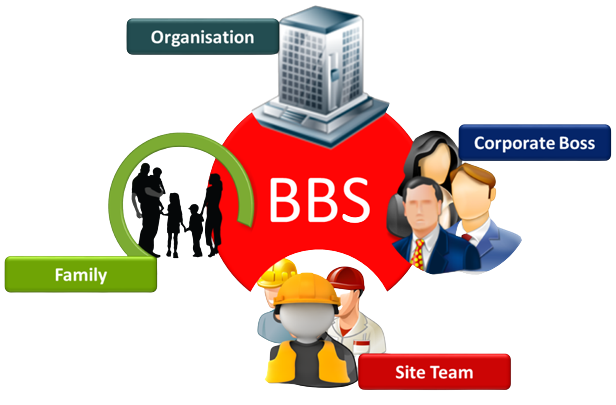How Behavior-Based Safety Training Works – The Safety Master
Understanding the Benefits of Behavior-Based Safety Consultation
September 16, 2023Electrical Safety Audit, Thermography Assessment, and Arc Flash Assessment
September 18, 2023Behavior-Based Safety (BBS) training is a systematic approach designed to improve workplace safety by focusing on human behavior. It aims to reduce workplace accidents, injuries, and near-misses by addressing unsafe behaviors and promoting safe ones. In this comprehensive guide, we will delve into how Behavior-Based Safety Training works, emphasizing essential keywords such as “Behaviour Safety Training,” “Behaviour Based Safety Implementation,” and “BBS Training.”
Behaviour Safety Training:
Behaviour Safety Training is a core component of BBS. It involves educating employees at all levels about safe behaviors and hazard recognition. This training provides employees with the knowledge and skills necessary to identify potential risks and take corrective actions to prevent accidents. Behaviour Safety Training typically includes interactive sessions, workshops, and real-world scenarios to enhance learning.
Behaviour-Based Safety Implementation:
The successful implementation of BBS involves several key steps:
- Management Commitment: Leadership plays a vital role in endorsing and supporting BBS initiatives. Management must commit to creating a culture of safety.
- Behavior Observation: Trained observers regularly monitor and record employee behaviors related to safety. This data collection phase is critical for identifying unsafe actions and trends.
- Data Analysis: The collected data is analyzed to identify patterns and root causes of unsafe behaviors. This analysis helps pinpoint areas that require intervention.
- Feedback and Intervention: Feedback is provided to employees based on the observed behaviors. Positive reinforcement is used to encourage safe actions, while corrective actions are implemented for unsafe behaviors.
- Training and Awareness: Continuous training and awareness programs are conducted to ensure that employees are informed about safe practices and the importance of BBS.
- Continuous Improvement: BBS is an iterative process. The collected data and feedback drive ongoing improvements in safety measures and behavior modification strategies.
BBS Training:
BBS Training equips employees with the knowledge and skills needed to participate effectively in the BBS process. It covers various aspects, including:
- Identifying Unsafe Behaviors: Employees learn to recognize unsafe behaviors in themselves and their colleagues.
- Effective Communication: Training emphasizes open and honest communication regarding safety concerns.
- Behavior Modification: Techniques for modifying behaviors and making safer choices are taught.
- Data Collection: Some employees may be trained as observers to collect behavior-related data accurately.
In conclusion, Behavior-Based Safety implementation, as offered by organizations like The Safety Master, is a comprehensive approach to enhancing workplace safety. It involves educating employees, systematically observing behaviors, analyzing data, providing feedback, and continuously improving safety measures. By targeting behavior modification, BBS Training reduces workplace incidents and fosters a culture of safety, ultimately creating safer and more productive work environments.




